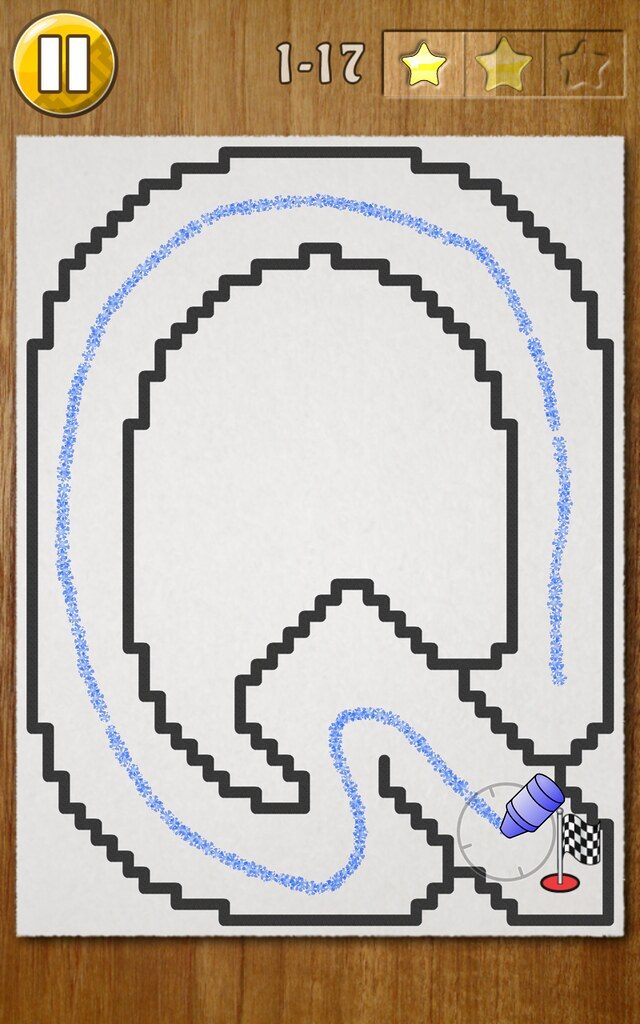As an artist, I love working with different materials and techniques in one project. Therefore, I am always very interested in interactive 3D artworks. One artist that caught my attention was Scott Snibbe, an interactive artist who produces art with diverse media including mobile devices, digital projections, and electromechanical sculpture. Scott strives to bring meaning and joy to people’s lives. In his interactive work, he often portrays the interdependence of beings with their environments and each other through bodily interactions. Although it is an older project, His interactive project Boundary Functions caught my attention because it is something that I want to reflect in my final project with Minji Kim Kim. Boundary Functions is a set of lines projected from overhead onto the floor, dividing people in the gallery from one another. It interacts with the amount of people present on the floor. Though my project will not be dependent on the amount of people but will be similar to this project in terms of the “person” or my icon interacting with the floor by walking.

Another artist that I was attracted to was David Bollinger, a generative artist who enjoys tinkering wither various procedural, generative, and algorithm. He creates bunch of different puzzle like images with different textures and execution. My partner and I was inspired by David’s maze/puzzle like games and his usage of color and perspective.

David Bollinger has an album called Crayon Maze and it is a skill building maze and tracing game for toddlers, preschool, kindergarten, and children of all ages. It is basically a learning game for toddlers where they trace an alphabet or a number in a game form. We wanted to do something similar by having a secret message in our maze / puzzle like the secret “Q” in the Crayon maze game.

![[OLD FALL 2019] 15-104 • Introduction to Computing for Creative Practice](https://courses.ideate.cmu.edu/15-104/f2019/wp-content/uploads/2020/08/stop-banner.png)